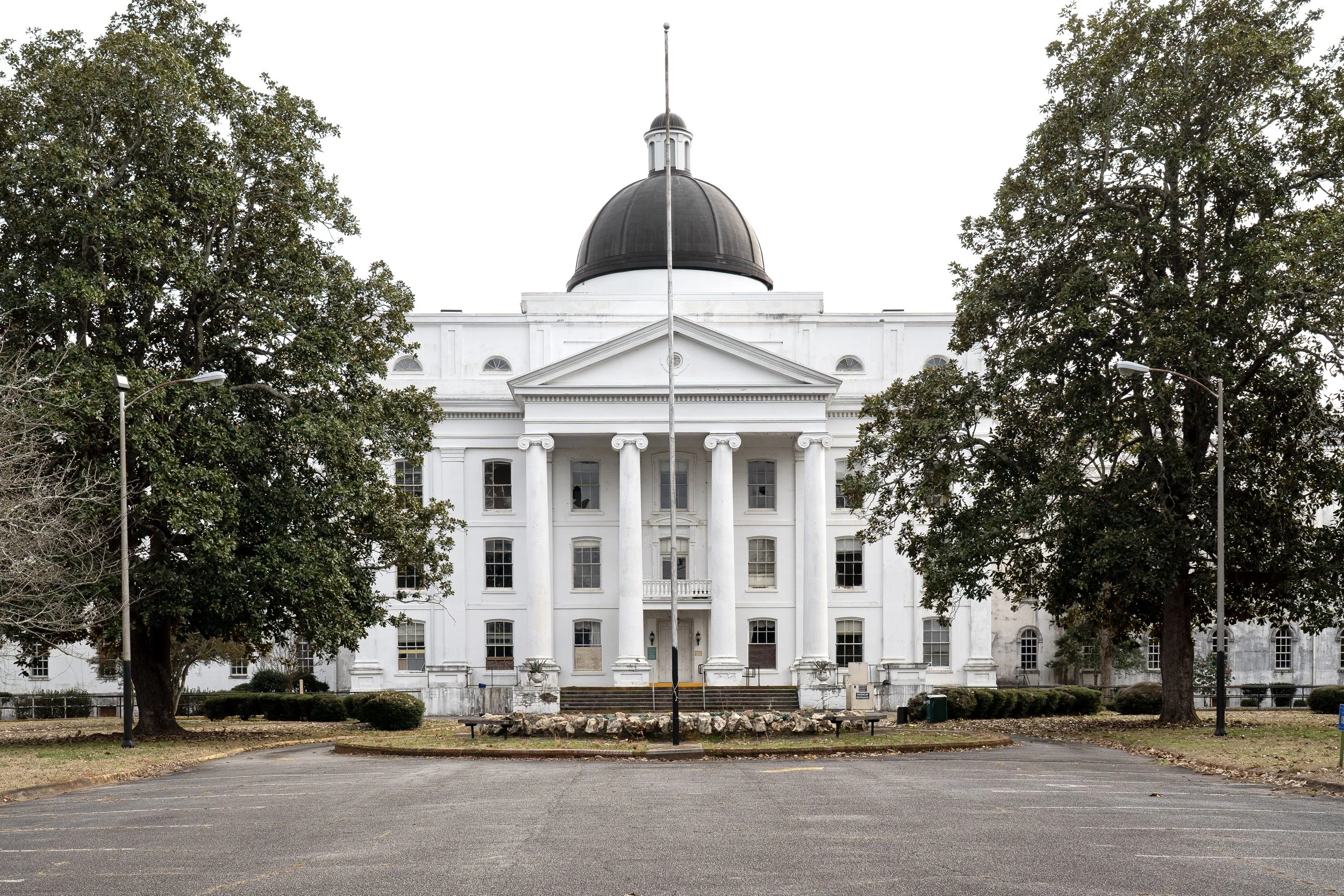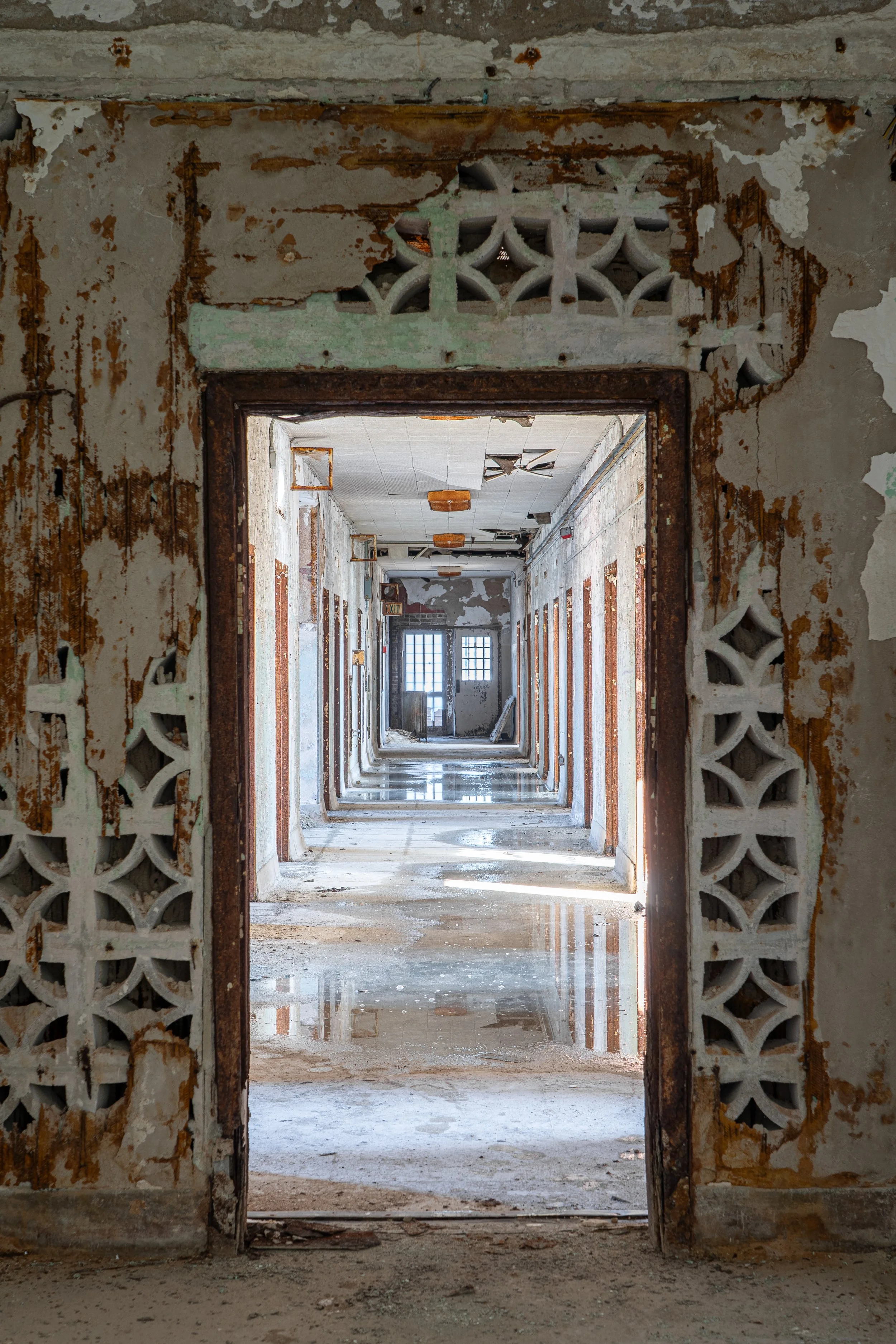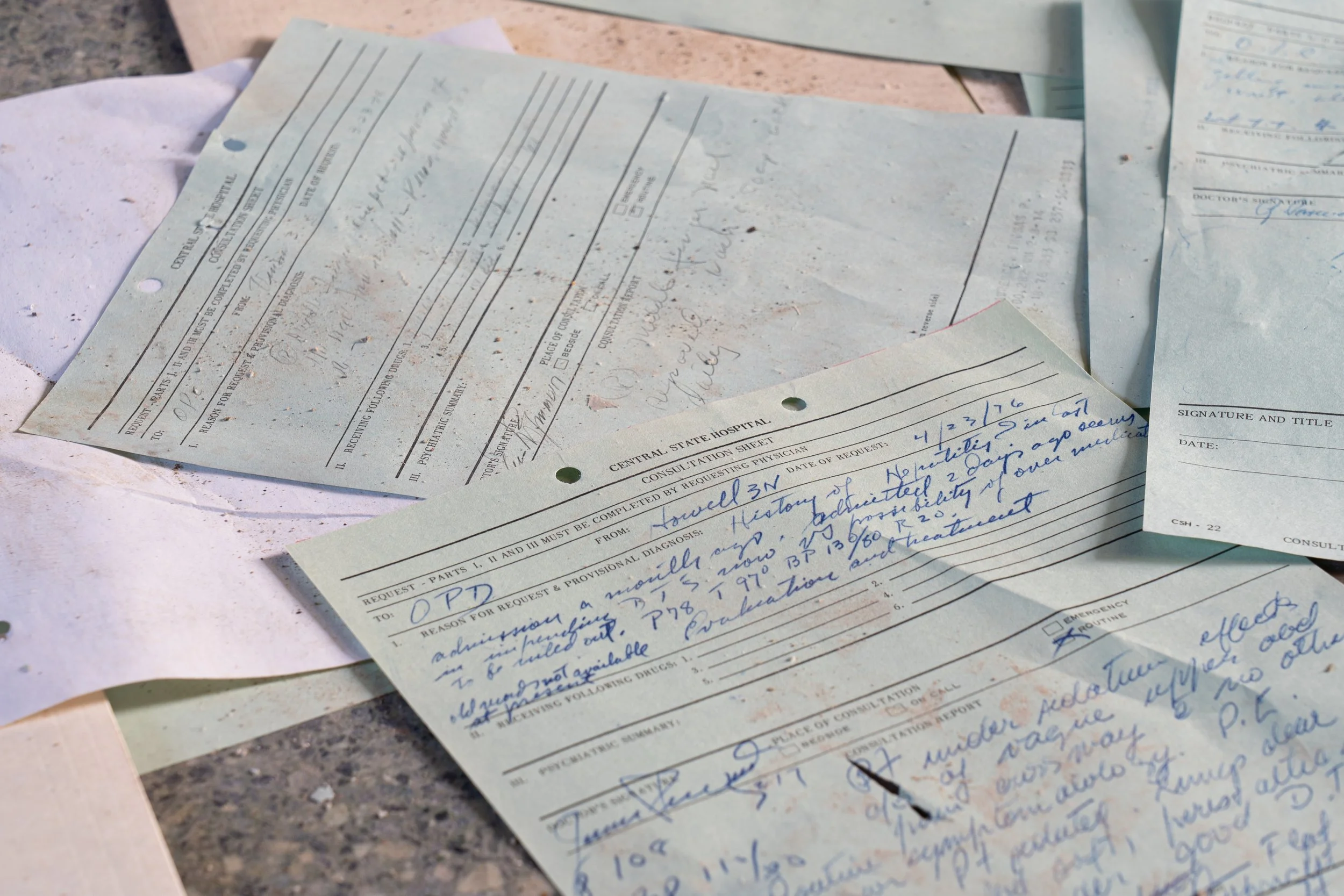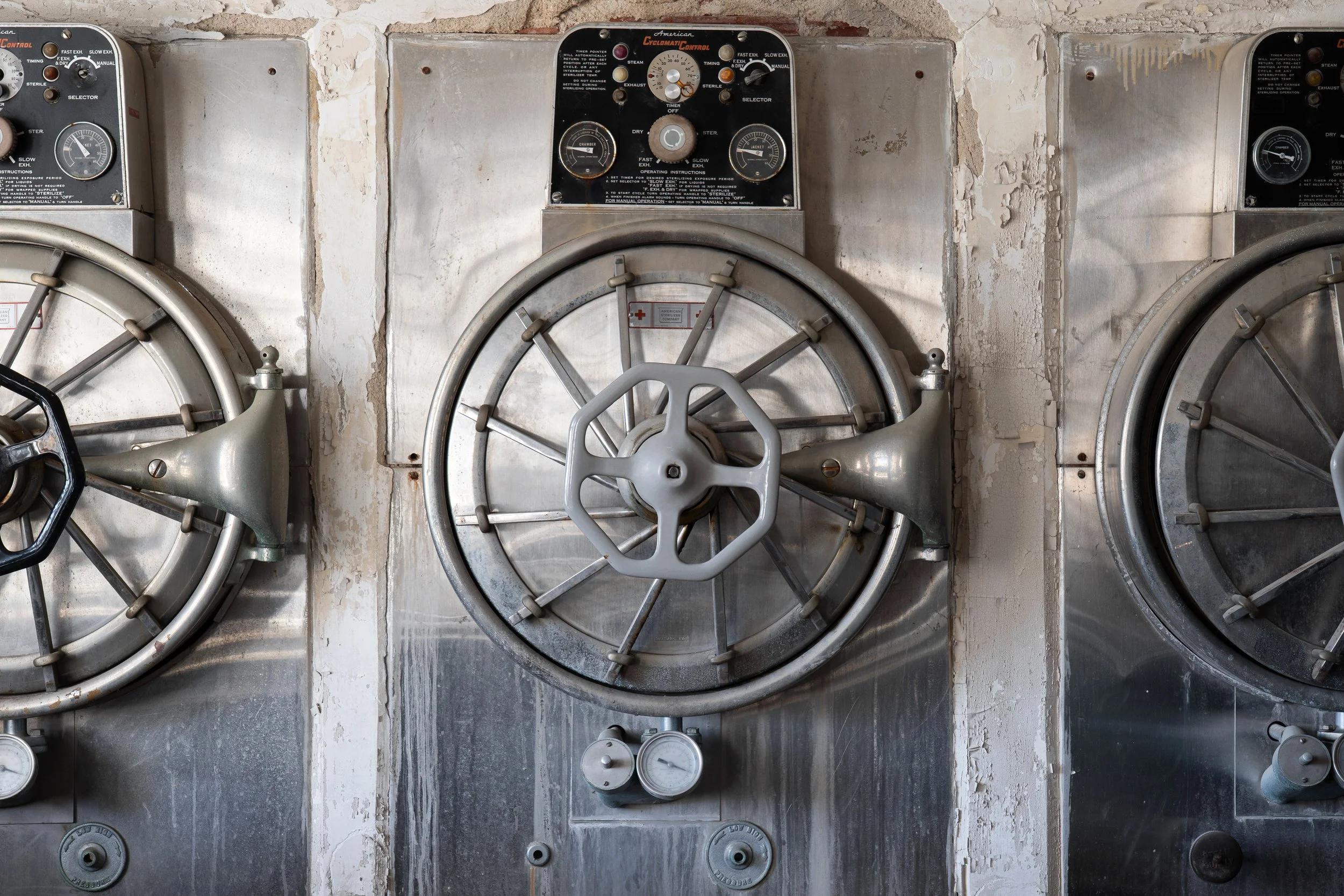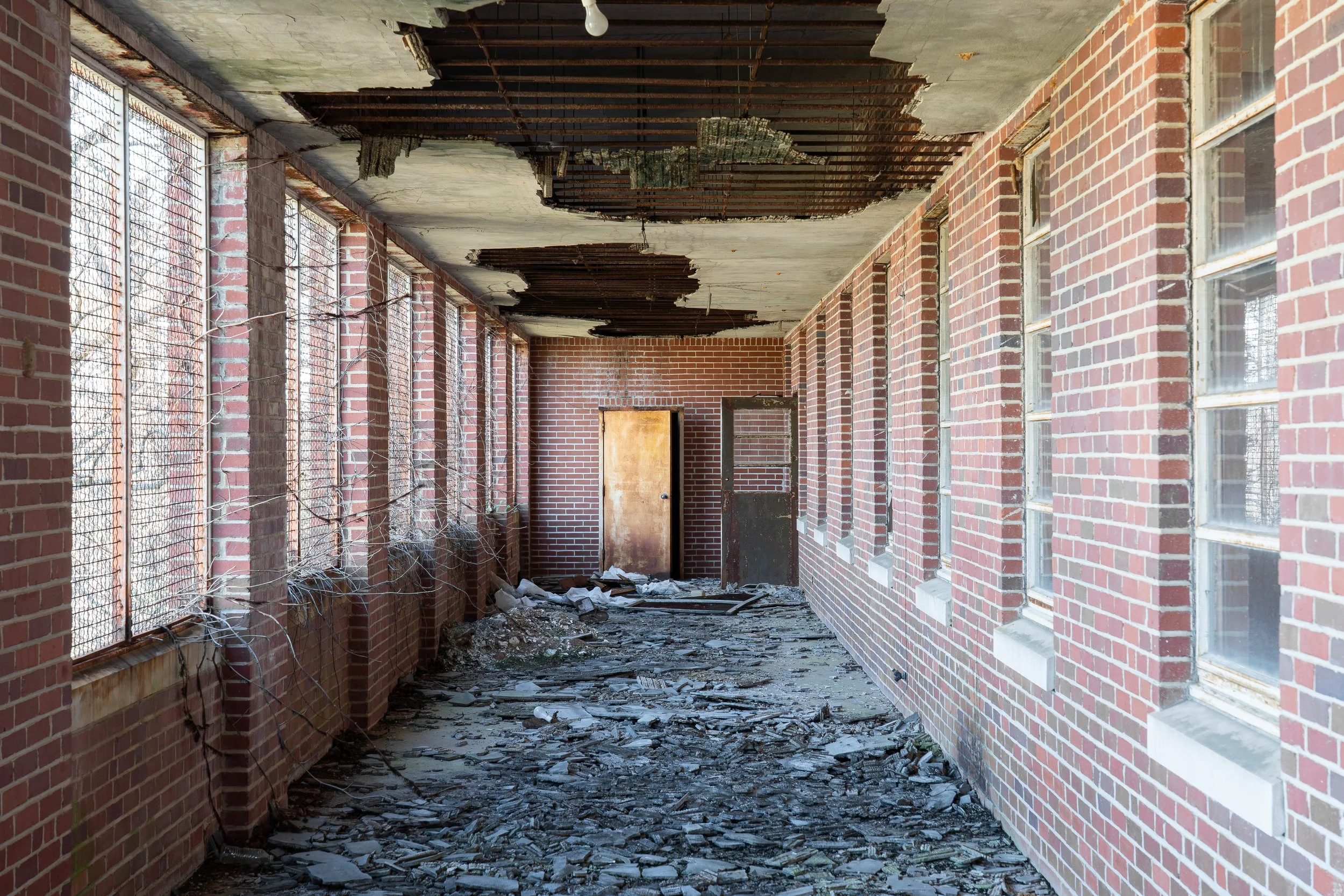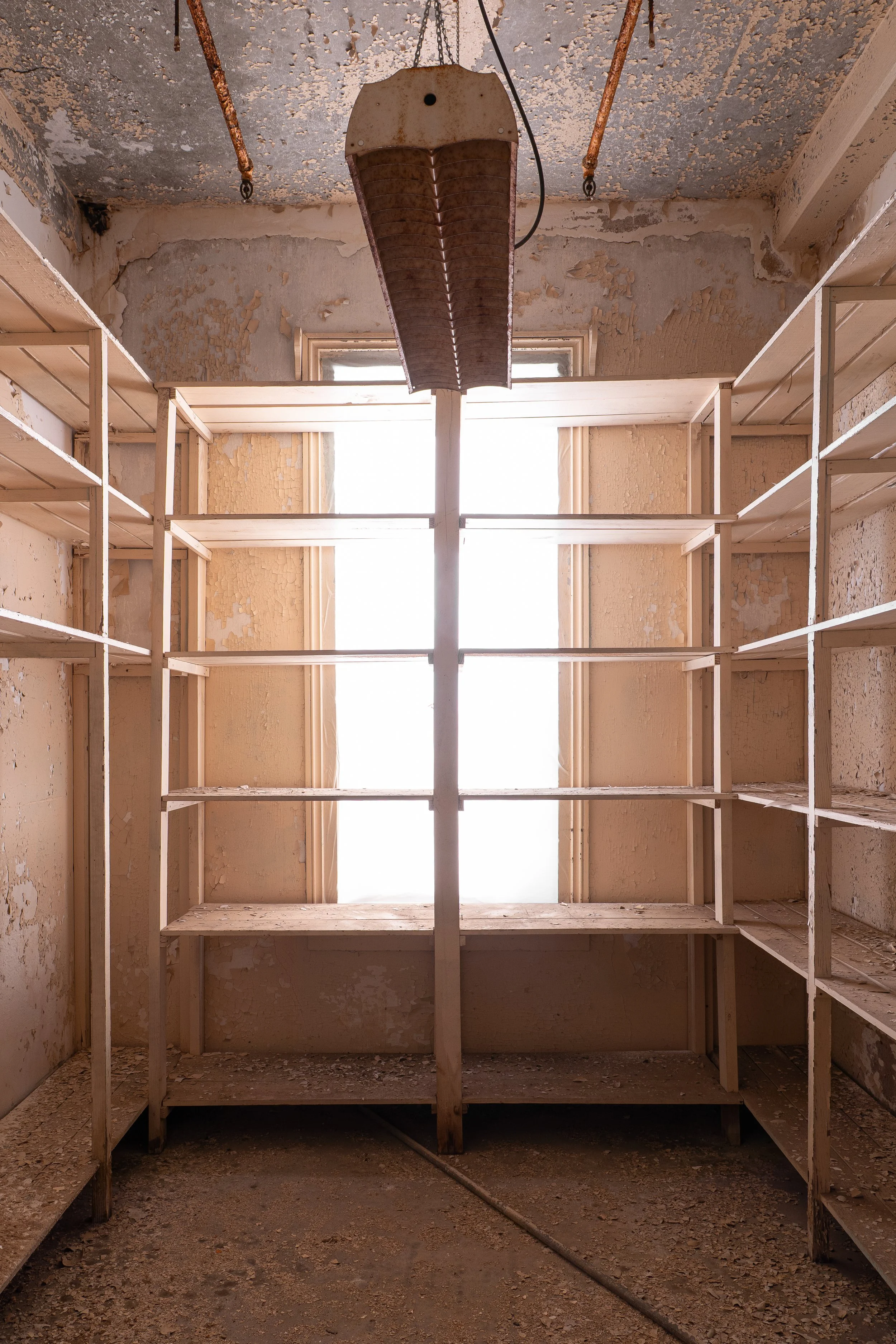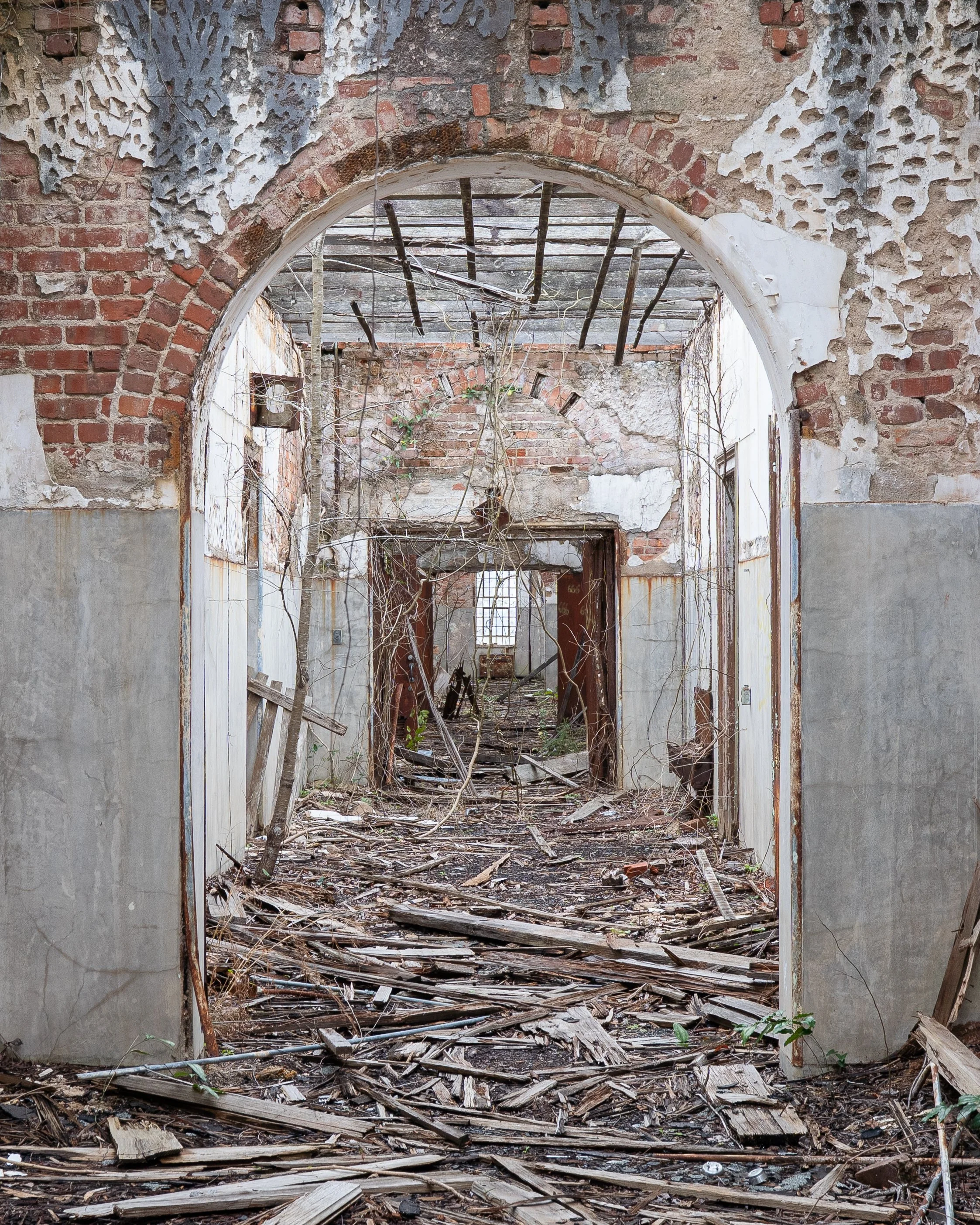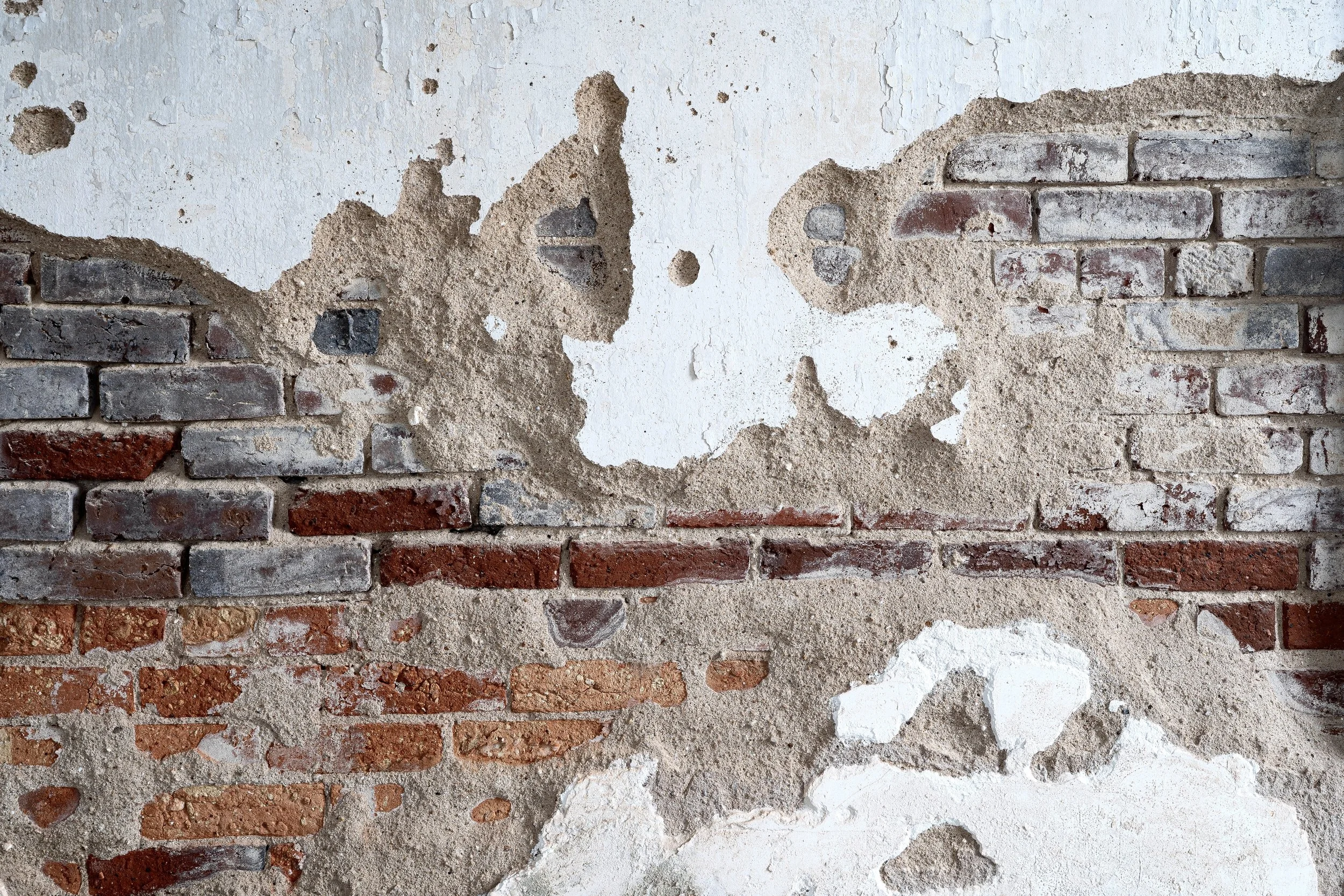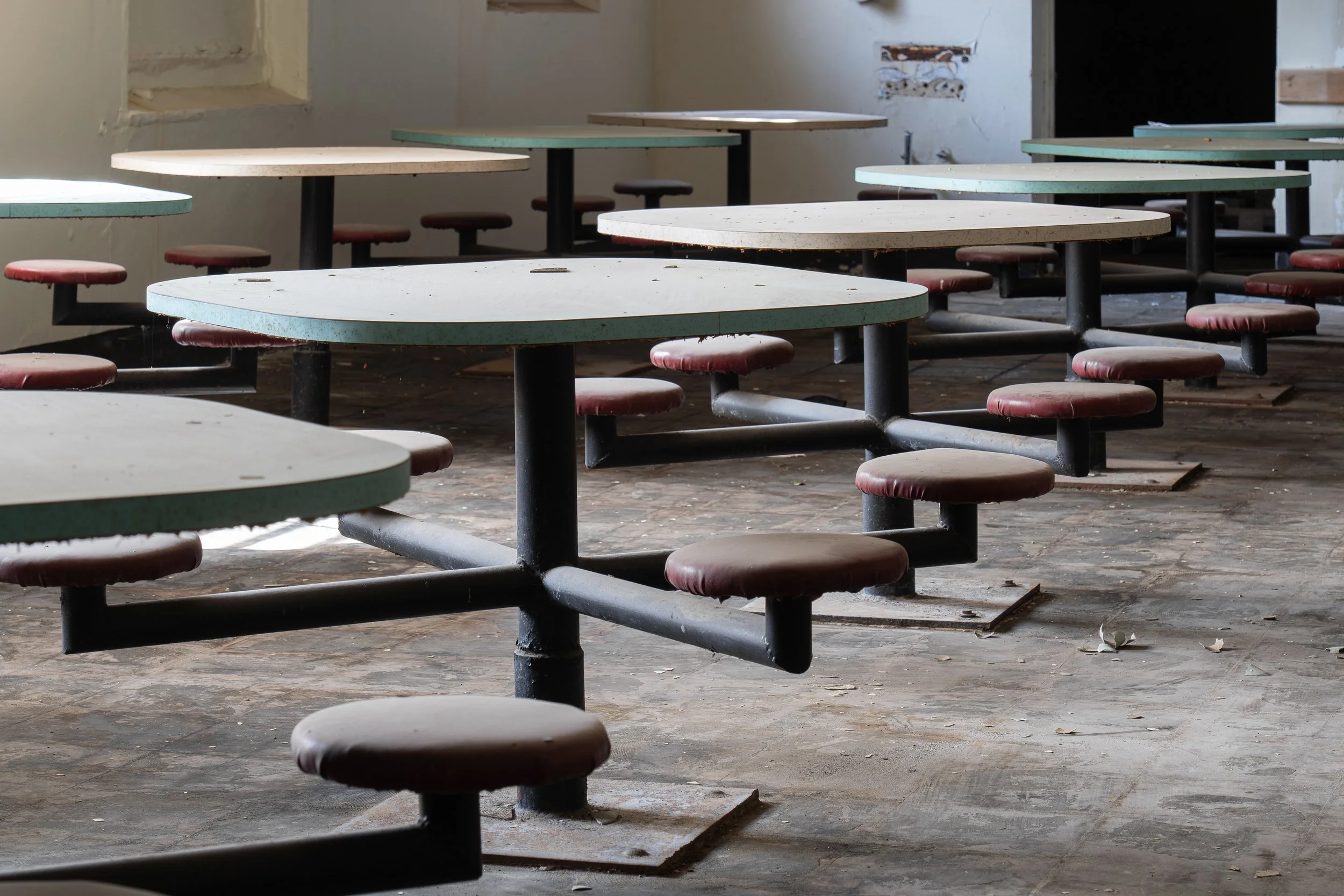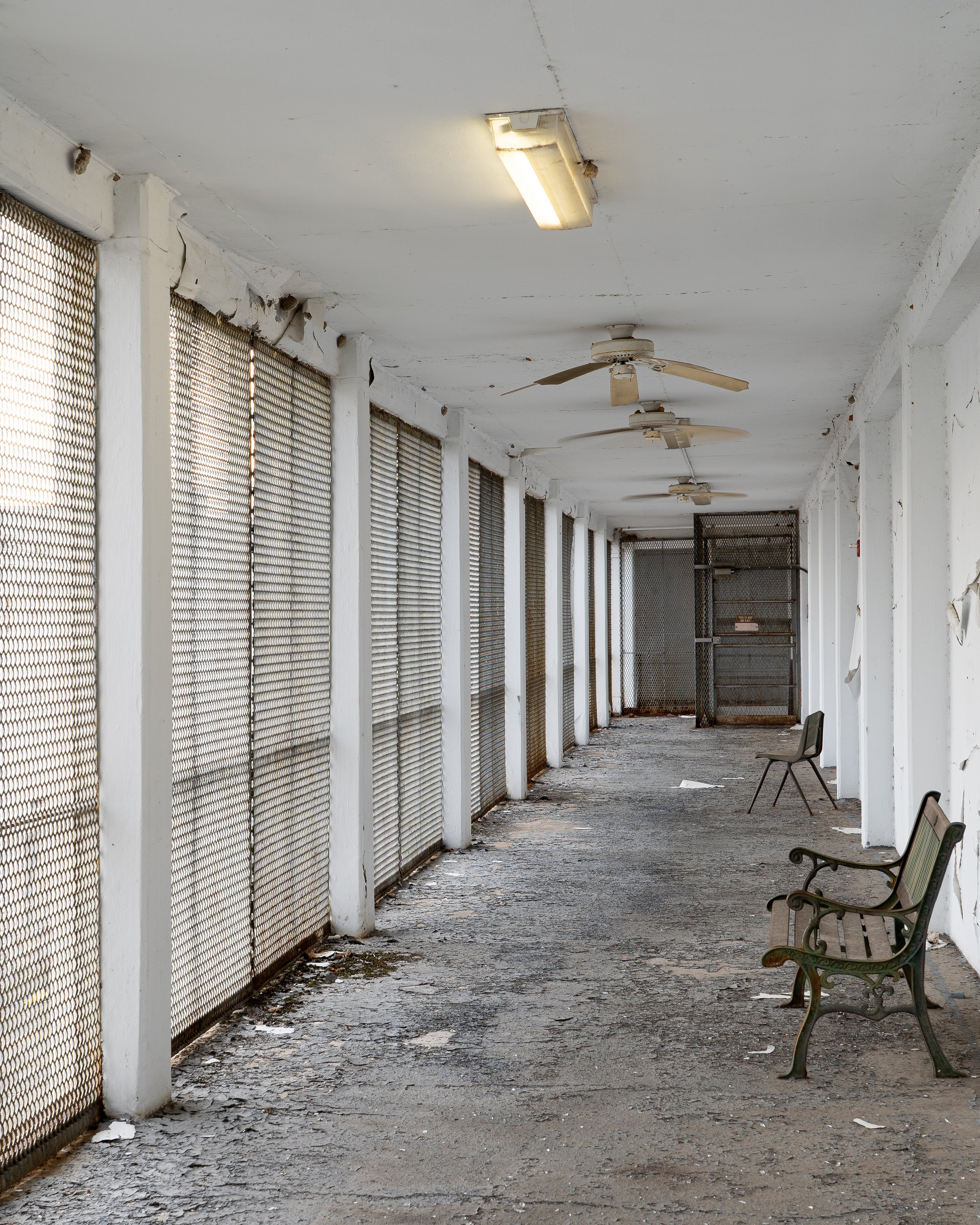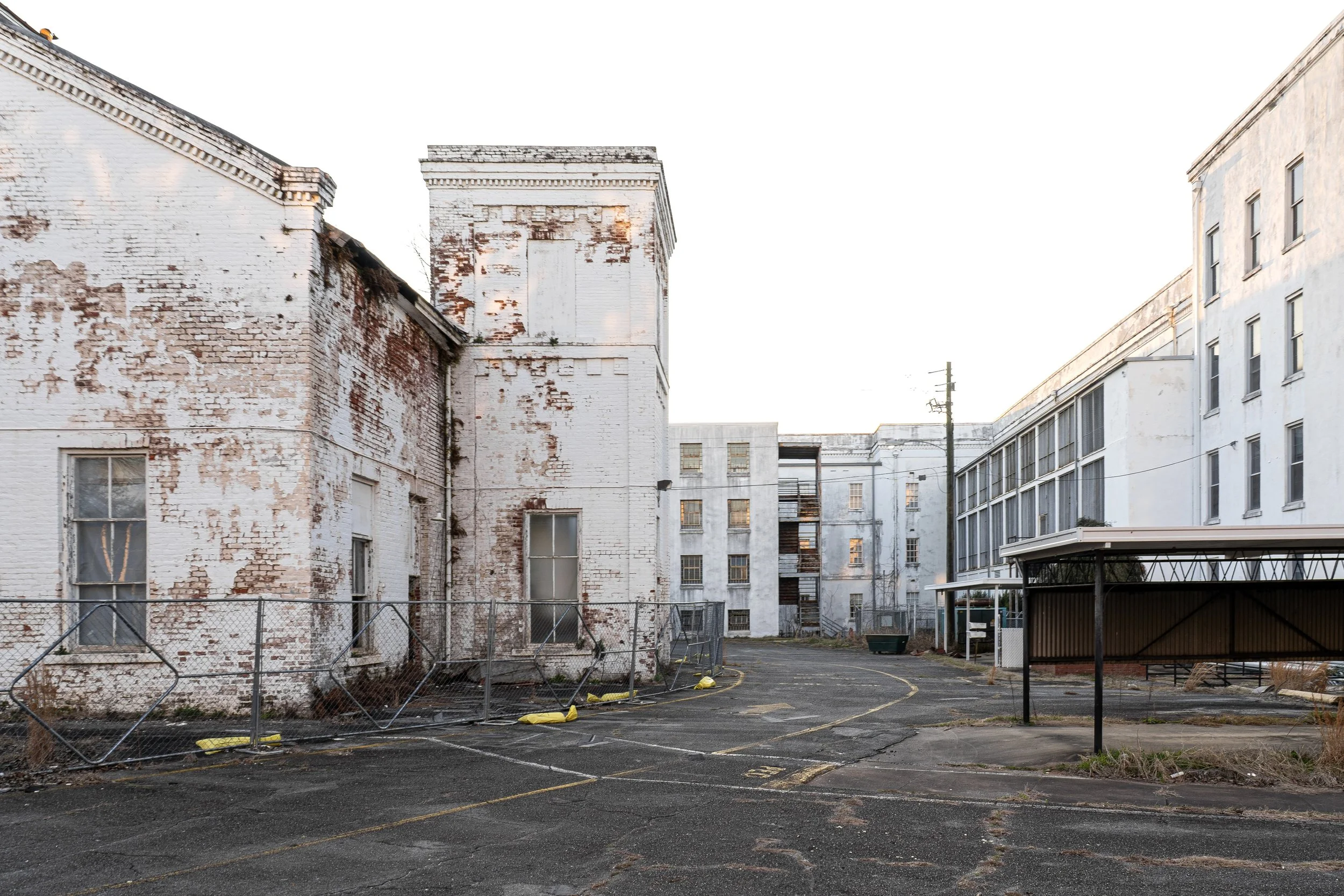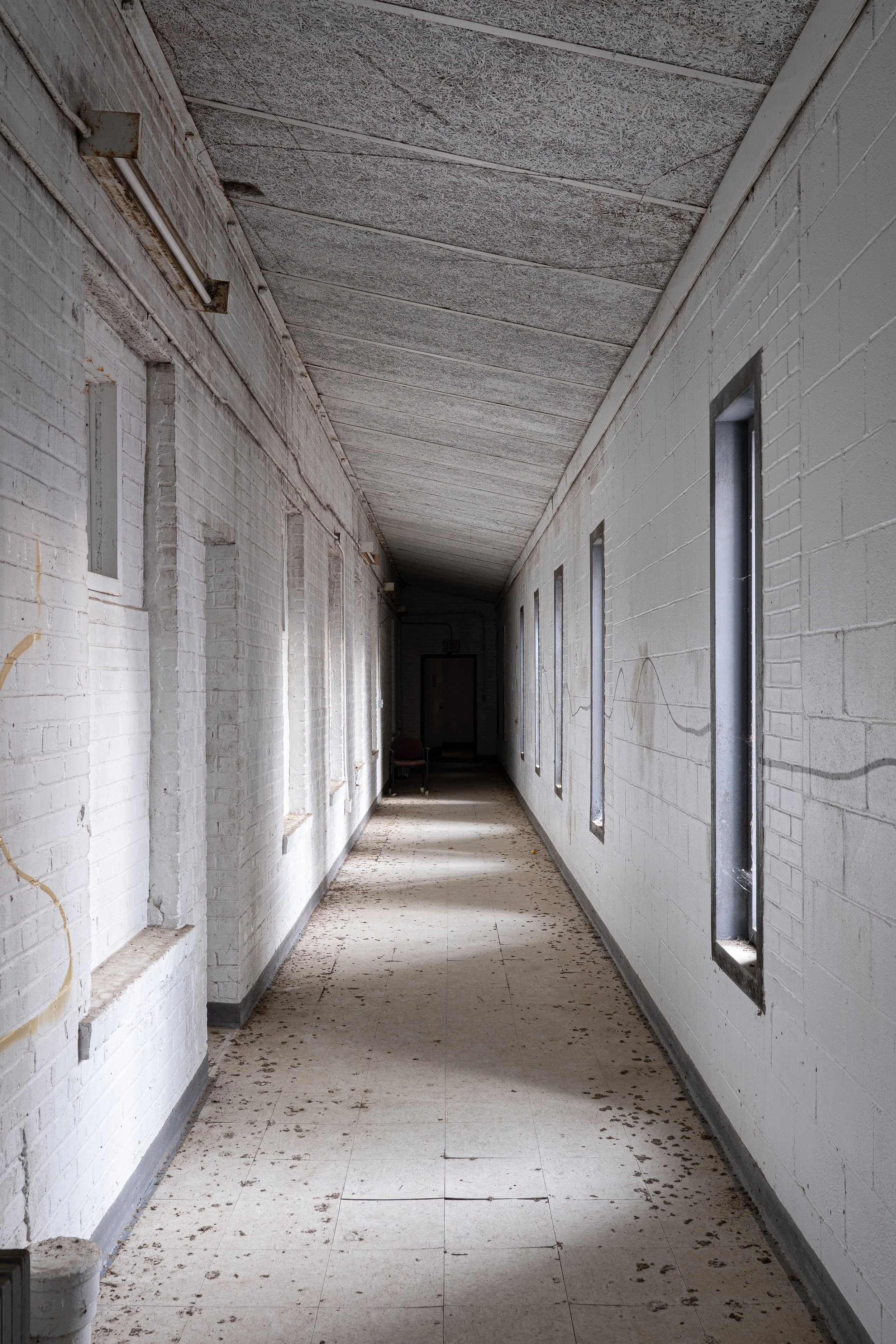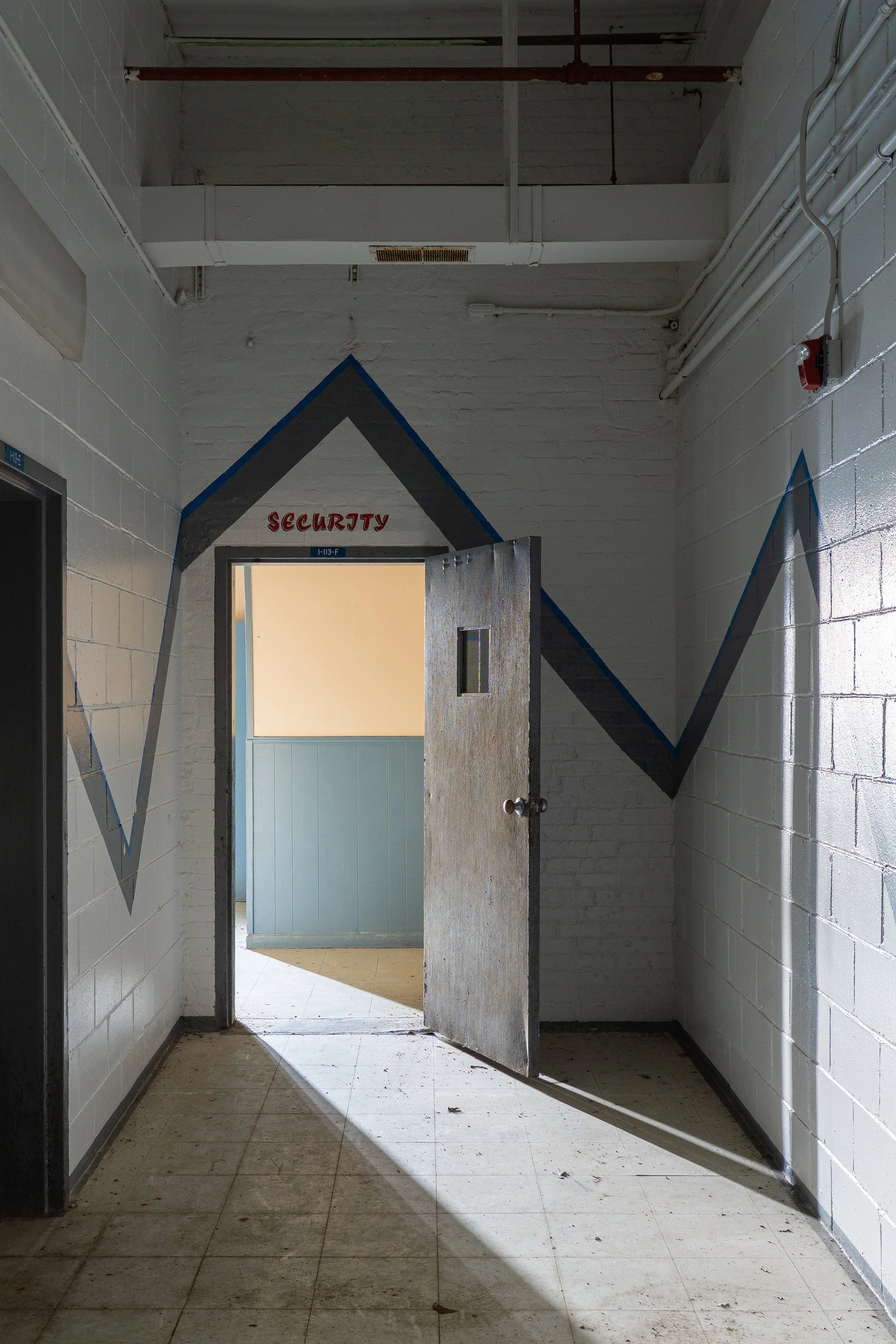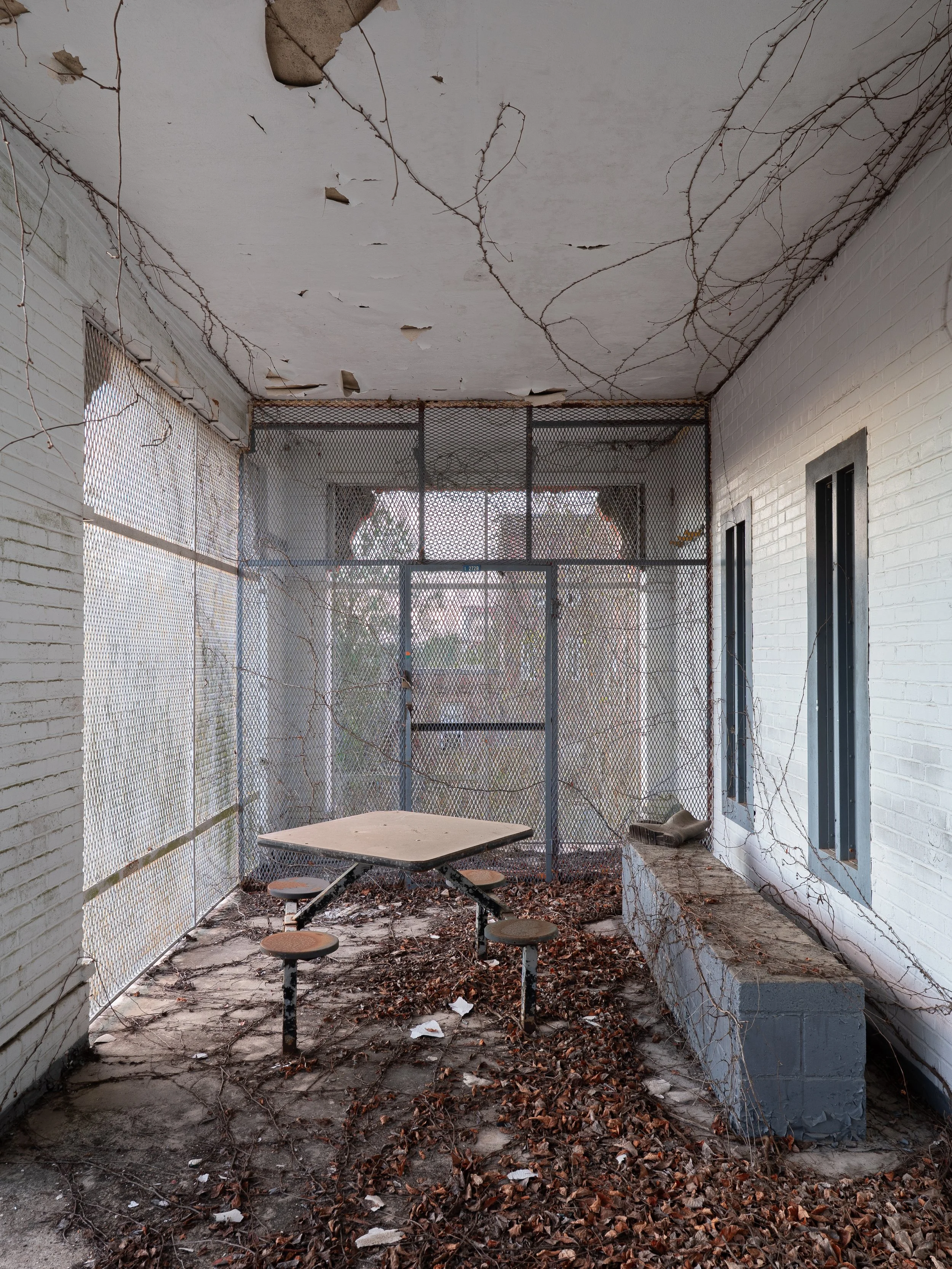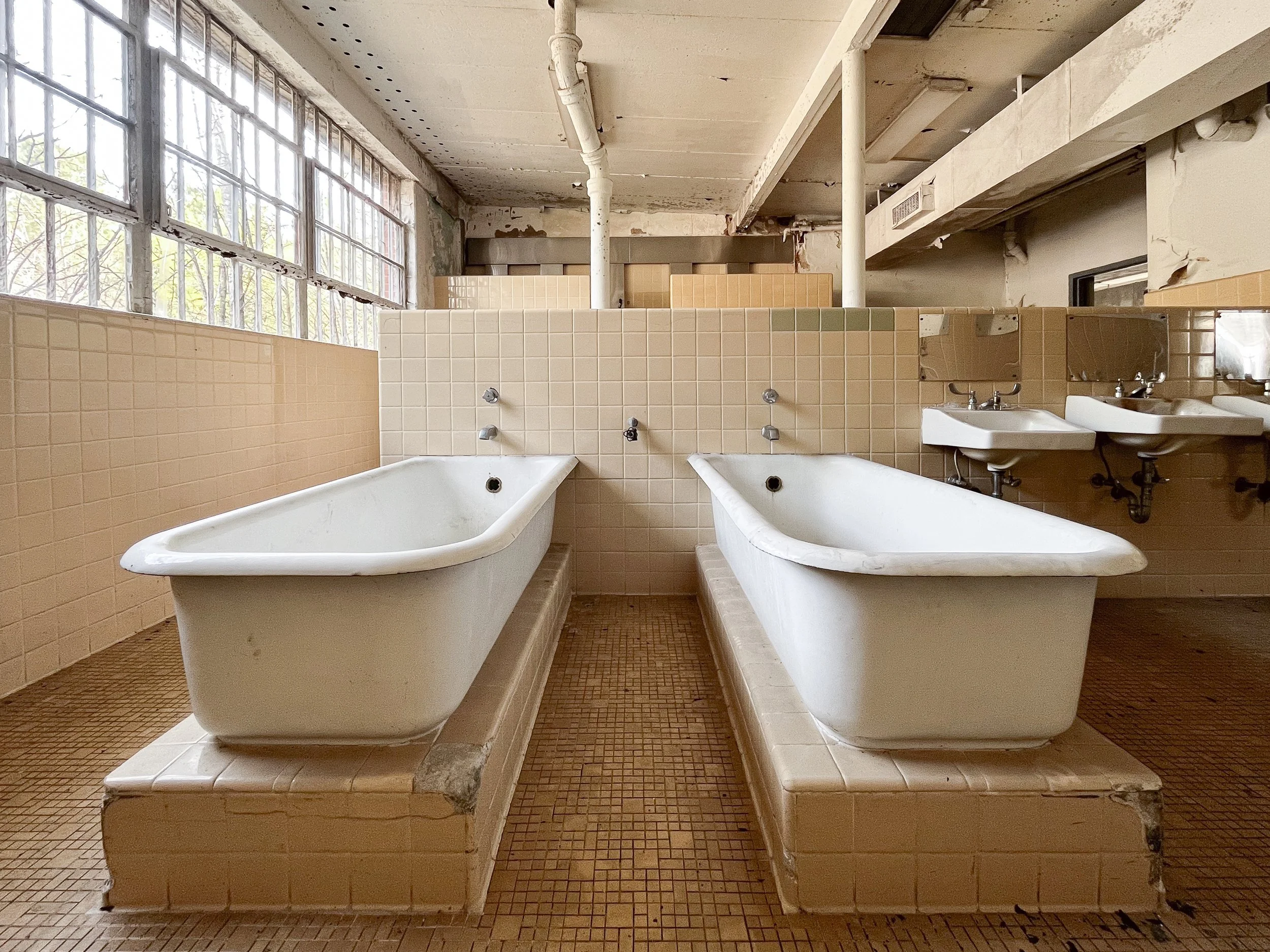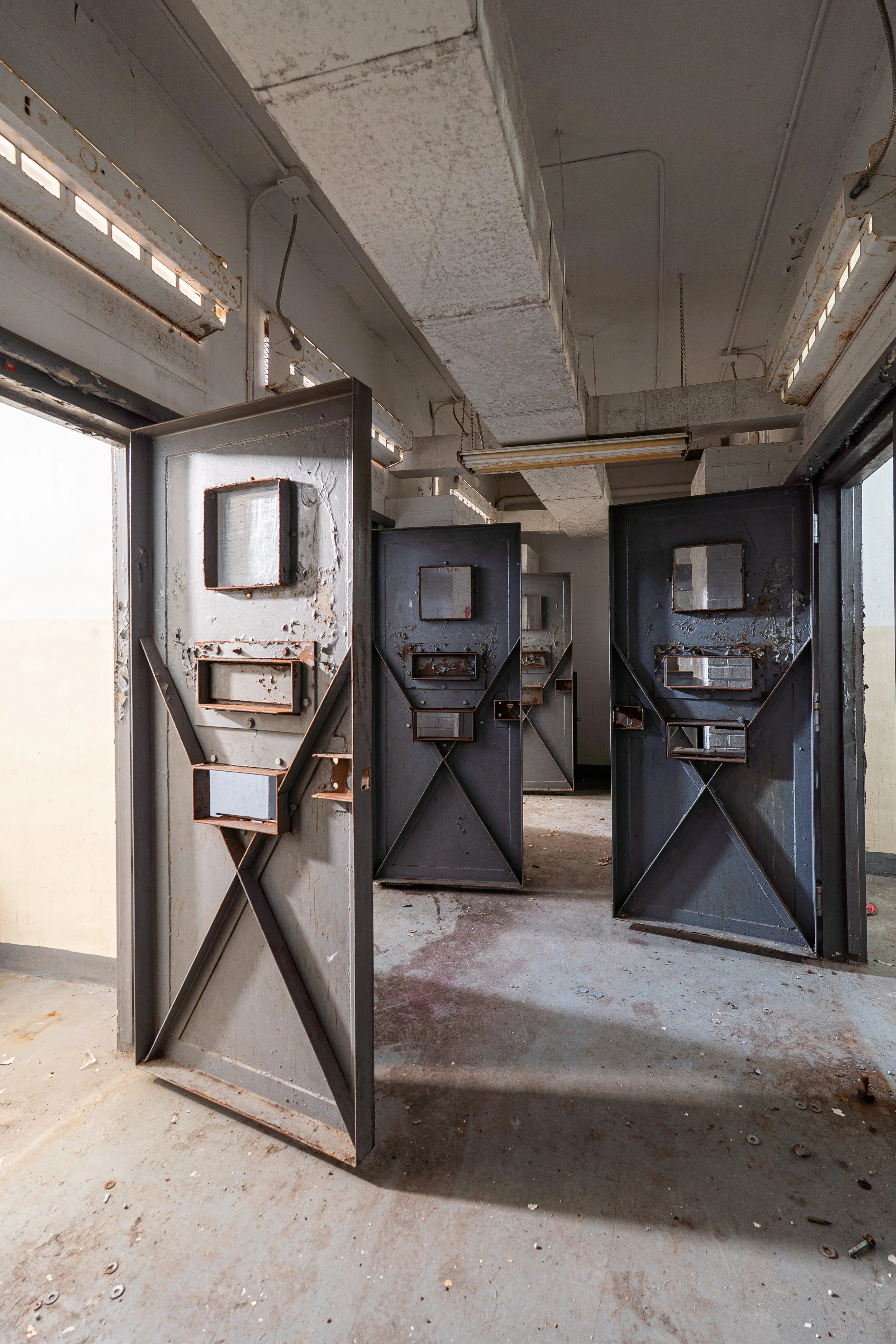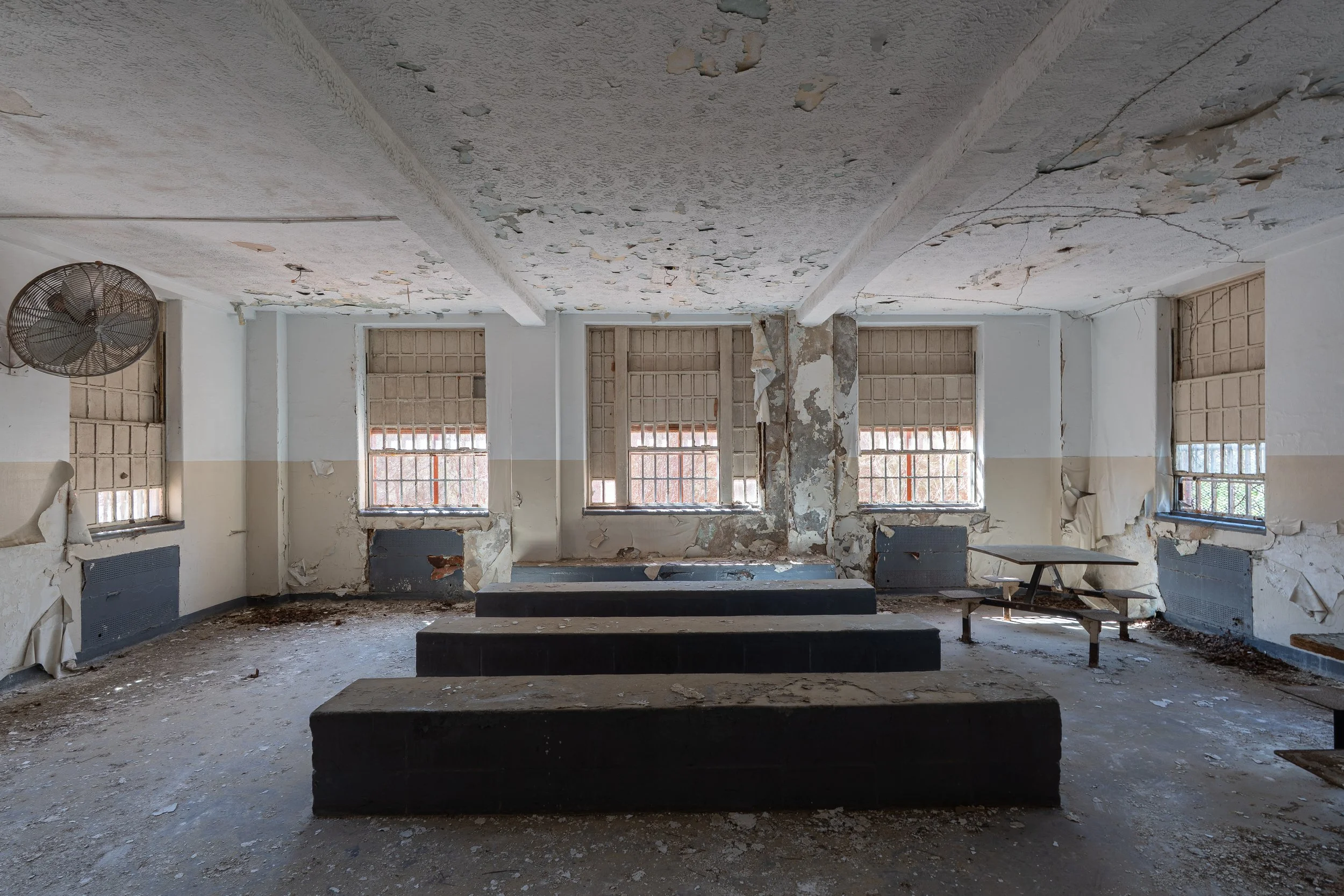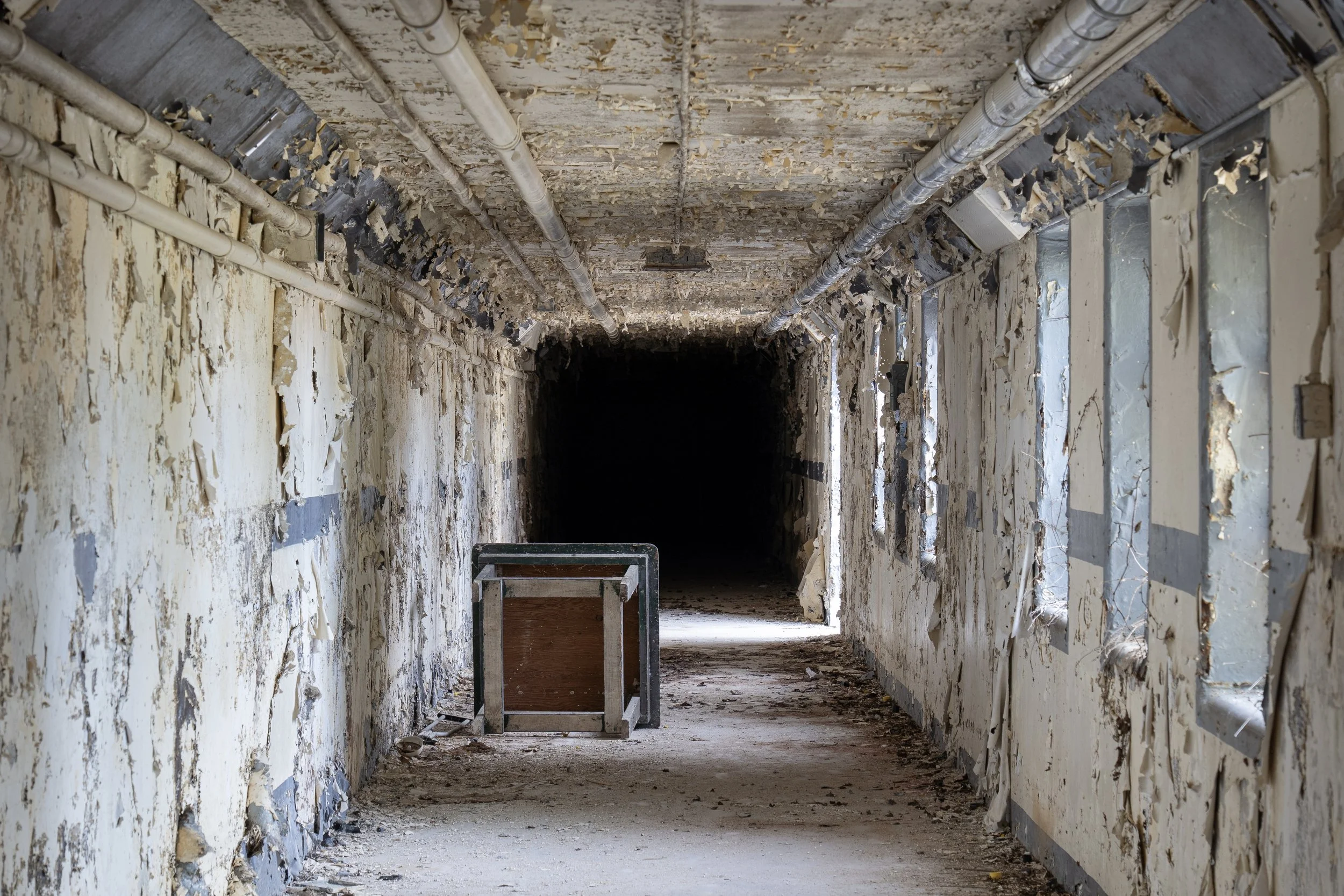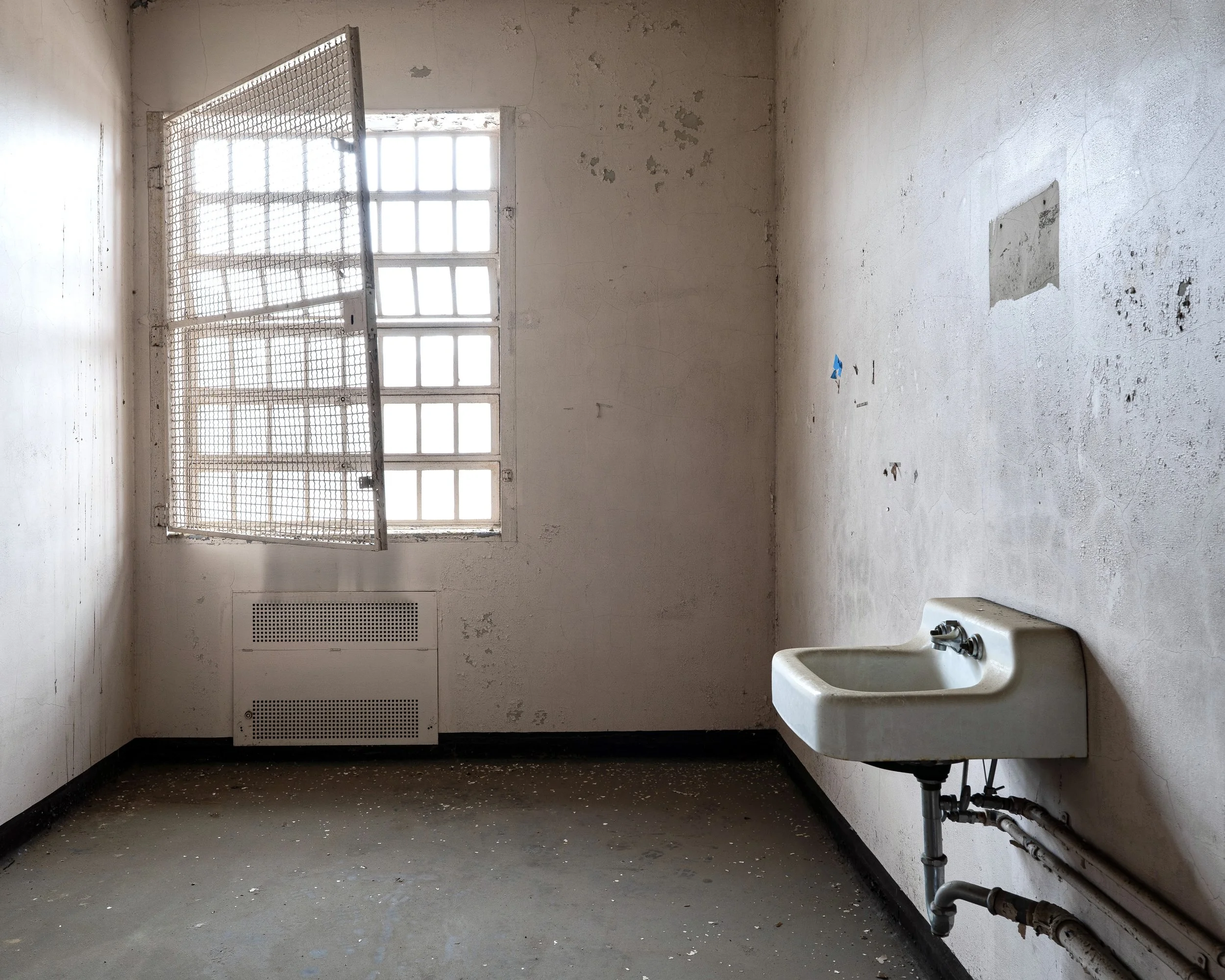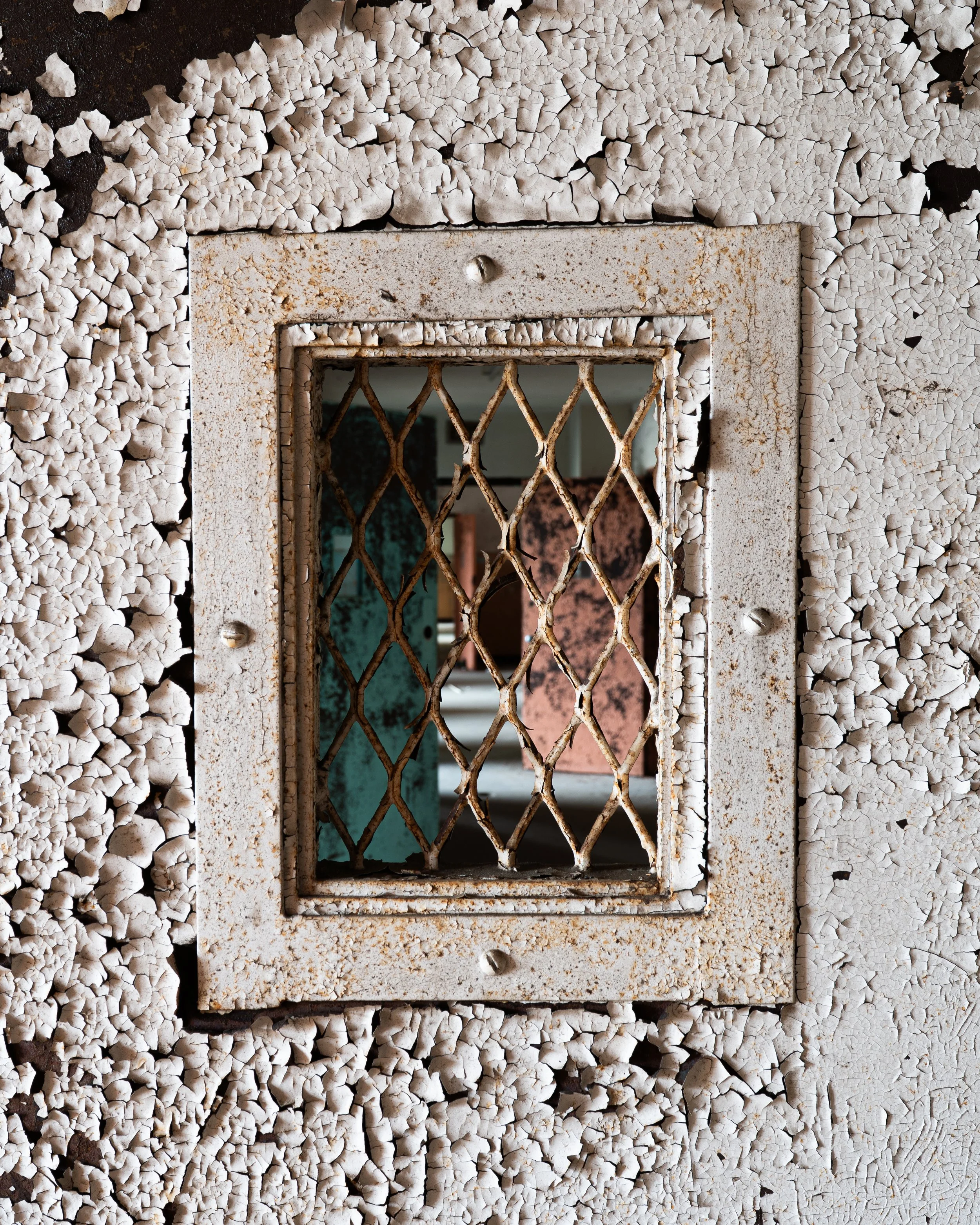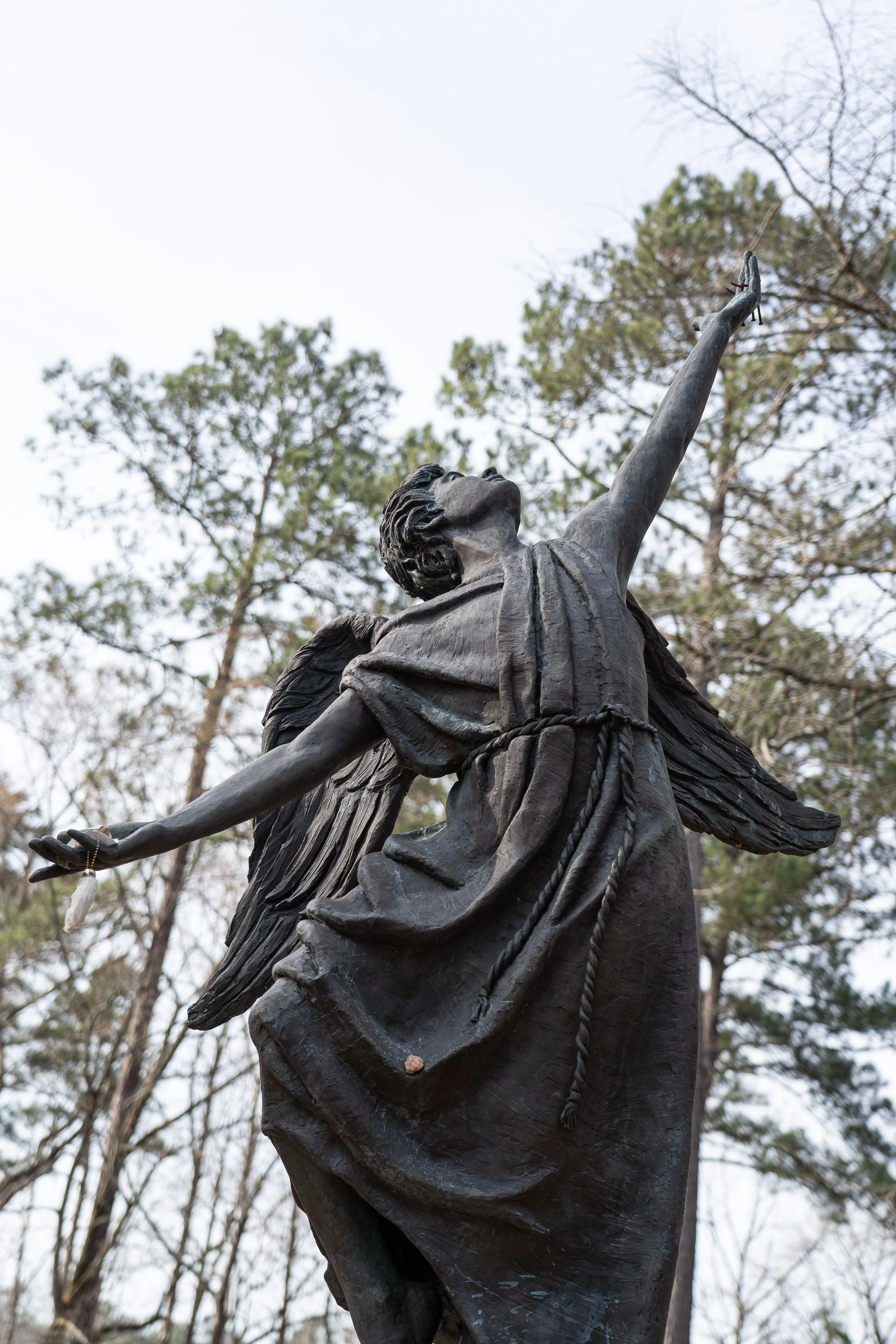The Central State Hospital in Milledgeville, Georgia first opened in 1842 as the "Georgia State Lunatic, Idiot and Epileptic Asylum," The hospital was opened with the intention of creating a self-sustaining facility with healthier patients paying to sustain themselves, and that recovered patients could quickly return to society. Very quickly, the hospital grew much larger in patient population and became focused on treating the “mentally ill” rather than the “mentally disturbed.” By the early 1910, the hospital, under the name of the Central State Sanitorium, housed around 3,200 patients being found to have different diagnoses. All different types of patients around the grounds helped with the planting of crops on the farms as a form of therapy, and to self-sustain the hospital. In 1929, the state legislature changed the name of the sanitarium to Milledgeville State Hospital which would reflect focus on rehabilitating its 5,000-plus patients. At this point of the hospital’s life, many specific methods of diagnosis were discovered within different patients, and patients would be separated and divided by ward based on the mental disorder, and the care that was needed. Many other buildings were built as the hospital expanded, with more buildings having been built for segregation of patients by psychiatric disorder, gender, color, etc. By the early 1960’s, the Milledgeville State Hospital housed around 12,000 patients making the facility the largest mental hospital in the world at the time, next to New York’s Pilgrim State Hospital. Due to the tremendous number of patients of the Milledgeville State Hospital, overcrowding became a problem, even with the expansive number of buildings and land. There were only 600 employees, meaning that there were 11,400 more patients than staff, and this factor meant that patients would be subject to neglect, and abuse. Patients would often be left in the dust due to lack of balance of patients and employees which drove the hospital towards a very negative way of functioning. By the 1960’s, the Milledgeville State Hospital had around 200 buildings for a variety of uses built in different times, and the buildings sat on around 8,000 acres of property. Buildings around the campus consisted of the Powell building, which was the original building to the campus serving patient care, and administration (built 1842), the Walker building, which was the Male Convalescent Building (built 1884), The Jones building, which served medical services for patients (built 1929), the Rivers Complex, which served as tuberculosis wards for the hospital (later to be used by DOC, built, 1937), the Greene building, which was a patient dormitory for white schizophrenic patients (built 1947), and many other patient buildings, staff buildings, recreation buildings, chapels, maintenance buildings, and many more littered the grounds of the former Milledgeville State Hospital. In 1967, the hospital was renamed the Central State Hospital to shine on its central location in the state of Georgia, and with changes of therapy methods, patients began being discharged, reducing the hospital to 10,000 patients. Around this same period, parts of the campus were transferred to the Georgia State Department of Corrections where buildings would be reused as correctional facilities along with the portions still remaining in use for the Central State Hospital. By the 1980’s the hospital began its large decline, and many buildings of the hospital began closing permanently as patient numbers continued to decline tremendously. By The mid 2000s, the majority of the campus had been left abandoned for decades, but the last remaining portion of the hospital, a unit to temporarily house and treat mentally ill criminal defendants, had finally closed in 2010. Throughout the 2000’s, the portions of the campus being used by the Department of Corrections had also closed due to newly built facilities being built around the state of Georgia. Between then and now, the Central State Hospital has been abandoned and silent with buildings deteriorating for decades across the entirety of the expansive grounds. Medical buildings, patient wards, chapels, doctors’ neighborhoods, correctional facilities, warehouses, maintenance buildings, and many more remain abandoned. It didn’t take long for the abandonment of the old state hospital to become a huge interest to thrill seekers, ghost hunters, urban explorers, photographers, vandals, and thieves. Despite this, the grounds remain open for locals, and tourists to walk around and tour the old property, while entry to the buildings remains prohibited. Historic markers stand in front of the buildings, bus tours take place often, and locals who lived their lives around the hospital are often seen around the grounds sharing stories from the hospital’s time. In 2023, an executive order was signed for demolition of the main loop of the former state hospital, and some abatement work took place in a few buildings. However, locals rebelled against these plans, and the plan got shut down as locals felt that the buildings are a very important piece of their town, the State of Georgia, and the country. Certain buildings have been bought from the state with plans to renovate, rebuild, or build from scratch to bring more life to the quiet abandoned campus again. The auditorium has been renovated by a college nearby, and the old museum across from the auditorium has been reopened as a way to keep the history alive. Along with this, an old doctors home across from the Jones’ building was bought, and was renovated as an airbnb for travelers to stay in. Today, the former Milledgeville State Hospital grounds have signs of life for the future, however, the vast majority of the buildings remain abandoned, and decaying to this day.
Previous
Previous
Peacock Insane Hospital*
Next
Next


